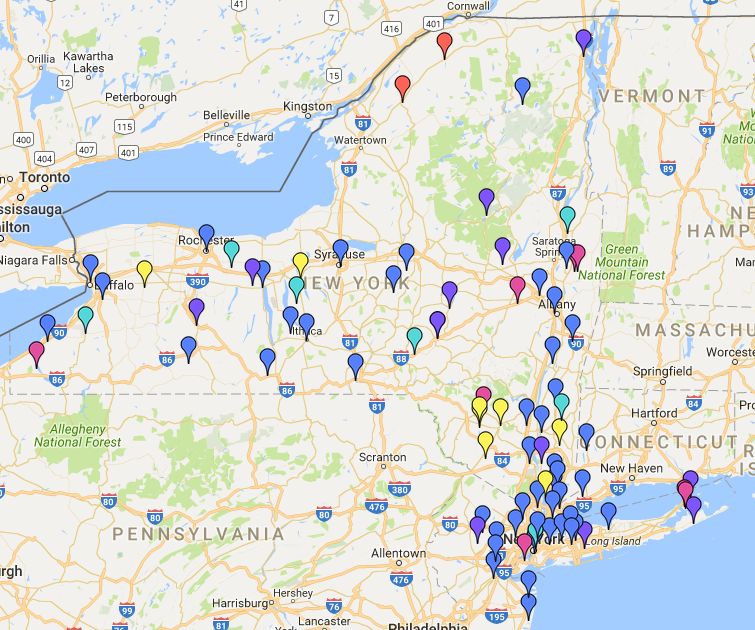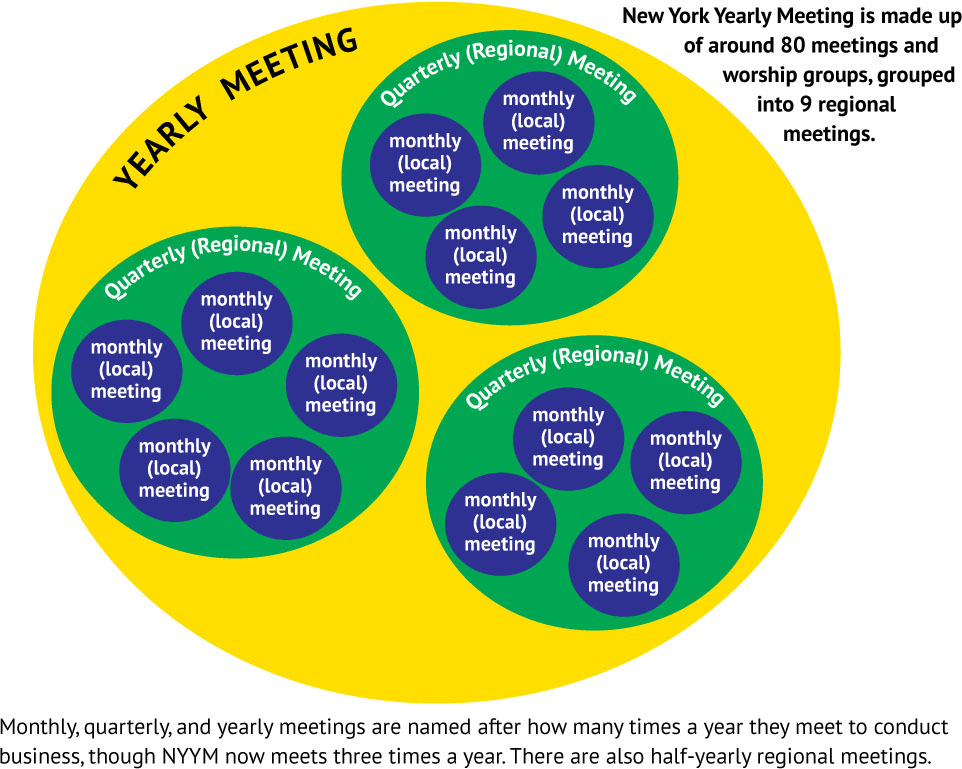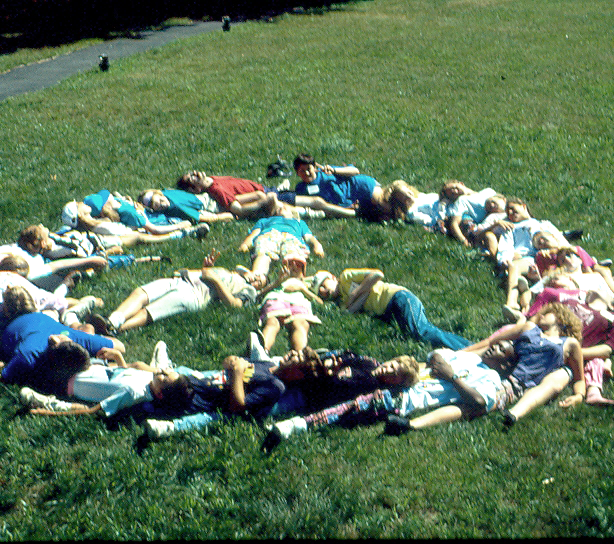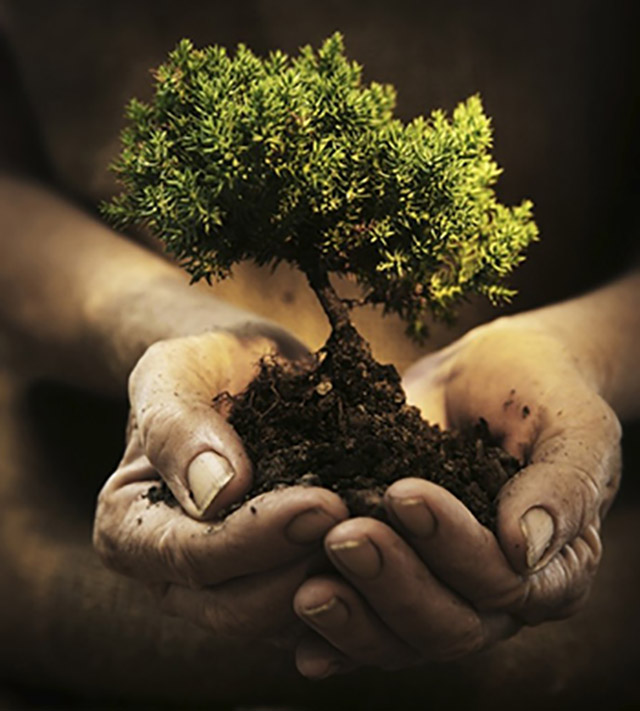Overcoming Stereotypes
by Linda Clarke
Brooklyn Meeting
When I was a very young adult, I sometimes heard adults of an advanced age say things like, "snow on the roof means a fire below," or perhaps "being old doesn't mean being cold." There were many such sayings that were defensive in nature and were meant to deflect or temper the negative images we had of elderly adults (They were still called "old" in those days, or maybe "old folks.") These negative images were a big part of the stereotype we held about senior adults and the stereotype has not changed much, if at all, in my lifetime. Now that I'm one of the old folks, it's easier to see what they were concerned about in those days. Back then, I was only concerned with the negative things the old folks seemed to think about young adults.
Stereotypes. So much of our daily lives is governed by them throughout our lifetimes. I read a popular psychology article a while ago which explained that we need to make instant judgments about people in order to survive and stereotyping is a strategy or tool we have developed to survive.* Another theory to explain or justify stereotyping points to "human nature." Both these attempts at explanation result in the conclusion that we are stuck with this way of being in society.
Yet we know how destructive stereotyping is to relationships, even preventing the ability to relate to one another. Anyone who has been involved with antiracist work in recent times is aware of how stereotyping enables "othering," or the objectification of others which allows the denial of humanity to these so-called "others." When employing stereotypes, it becomes quite alright to to allow or even commit atrocities based on such criteria as physical appearance, ancestry, religion, gender identity and sometimes even nationality. Modern history is full of examples of these acts of othering facilitated by stereotyping which enables a dominant group to commit atrocities or even genocide against other humans. Of course, these instances show the most extreme result of stereotyping and reveal undeniable violence. Physical, psychological, emotional and spiritual violence are conspicuously displayed in numerous instances of political and economic violence against fellow human beings. In this context, some social scientists (see Hannah Arendt) have talked about the banality of evil. Asking how it happens that large swaths of a given population are ready to participate in these atrocities (or at least willing to look the other way) has not been a fruitful line of academic inquiry.
Can it be that we are primed to accept the dehumanization of our fellow human beings on the political and economic scale by the lifelong applications of stereotypes in our daily lives? There are so many! And often so deeply embedded that we are consciously unaware.
Since academic inquiry has failed to guide us and since we have found here the heart to look at the difficulties of communicating across generations, can we go on as individuals to examine the growth of callousness in our lives that eventually result in extreme othering? And having begun to inquire, can we also search for remedies? Or has the search already begun? It is encouraging to note that some of our social action committees have begun to seek alternatives to the "charitable model" of helping others. In this light, Judy Meikle's recent article in Friends Journal points to a way of relating to others that strips away stereotypes and recognizes our common humanity. "The mutuality of the Inside Outside Letter Writing Collective is critical. Rather than the outside Friends throwing a lifeline to the person inside, there is a call to experience being together on a journey. When Friends share their joys and concerns, they build trust over time. Authentic sharing of life experiences, difficult circumstances, and spiritual paths gives correspondents the opportunity to listen deeply and hold each other in prayer." [September, 2021, "Get Thee Behind the Walls," emphasis added.] What would it look like to apply this approach to our communications among different generations? And what might happen as a result?
* For more on this, see David Brooks, "Here's The Mindset That's Tearing Us Apart," NY Times Opinion,10/07/21, www.nytimes.com/2021/10/07/opinion/essentialism-stereotypes-bias.html





